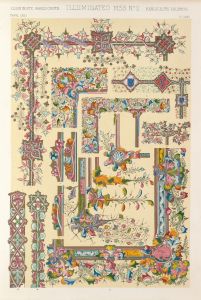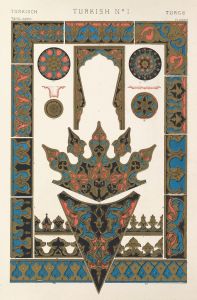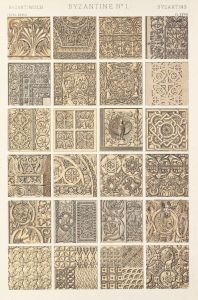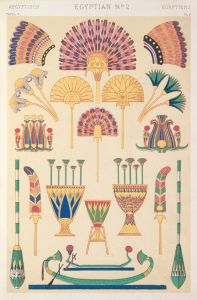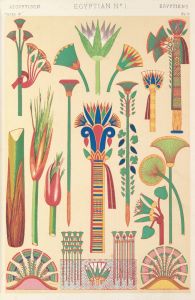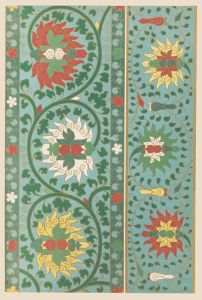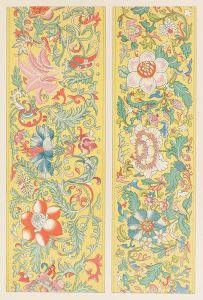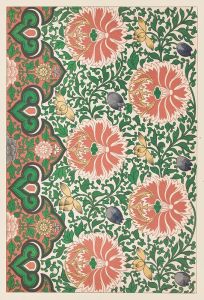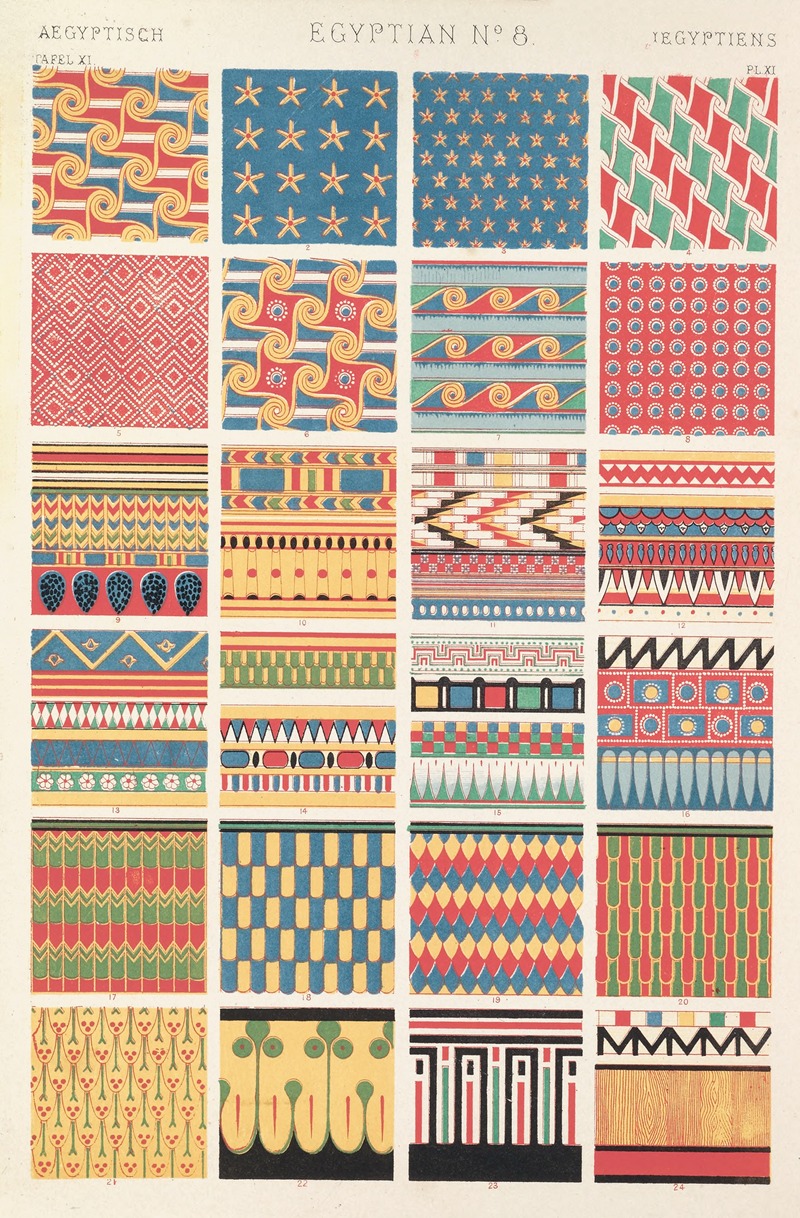
Egyptian No. 8
A hand-painted replica of Owen Jones’s masterpiece Egyptian No. 8, meticulously crafted by professional artists to capture the true essence of the original. Each piece is created with museum-quality canvas and rare mineral pigments, carefully painted by experienced artists with delicate brushstrokes and rich, layered colors to perfectly recreate the texture of the original artwork. Unlike machine-printed reproductions, this hand-painted version brings the painting to life, infused with the artist’s emotions and skill in every stroke. Whether for personal collection or home decoration, it instantly elevates the artistic atmosphere of any space.
Owen Jones (1809–1874) was a prominent British architect and designer, known for his contributions to the decorative arts and his influential work in color theory and design principles. One of his notable works is "Egyptian No. 8," which is part of his larger collection of designs that draw inspiration from various historical and cultural sources.
"Egyptian No. 8" is a design plate featured in Jones's seminal publication, "The Grammar of Ornament," first published in 1856. This book is a comprehensive collection of design patterns and motifs from different cultures around the world, serving as a reference for architects, designers, and artists. Jones's work aimed to educate and inspire by showcasing the beauty and diversity of ornamental art.
The "Egyptian No. 8" design reflects Jones's fascination with ancient Egyptian art and architecture. During the 19th century, there was a resurgence of interest in Egyptian culture, partly due to the deciphering of hieroglyphs and increased archaeological exploration. Jones, like many of his contemporaries, was captivated by the symmetry, geometry, and vivid colors characteristic of Egyptian design.
In "The Grammar of Ornament," Jones presents "Egyptian No. 8" as an example of the principles he believed were essential to good design: order, harmony, and the use of color. The design features intricate patterns and motifs that are emblematic of Egyptian art, such as lotus flowers, papyrus plants, and geometric shapes. These elements are arranged in a balanced and symmetrical manner, showcasing the precision and attention to detail that Jones admired in Egyptian art.
Jones's work, including "Egyptian No. 8," was influential in the development of design education. He emphasized the importance of studying historical styles to inform contemporary design practices. His approach was not merely about replication but about understanding the underlying principles that made these designs enduring and effective.
"The Grammar of Ornament" and its plates, including "Egyptian No. 8," had a lasting impact on the design world. They were used as educational tools in art and design schools and influenced the Arts and Crafts Movement, which sought to revive traditional craftsmanship and integrate it with modern design. Jones's emphasis on the use of color and ornamentation also contributed to the development of the Art Nouveau movement, which embraced decorative art and natural forms.
Owen Jones's legacy as a designer and theorist is evident in the continued appreciation and study of his work. "Egyptian No. 8" remains a testament to his ability to bridge historical art with contemporary design principles, highlighting the timeless appeal of Egyptian motifs and the universal language of ornamentation.





